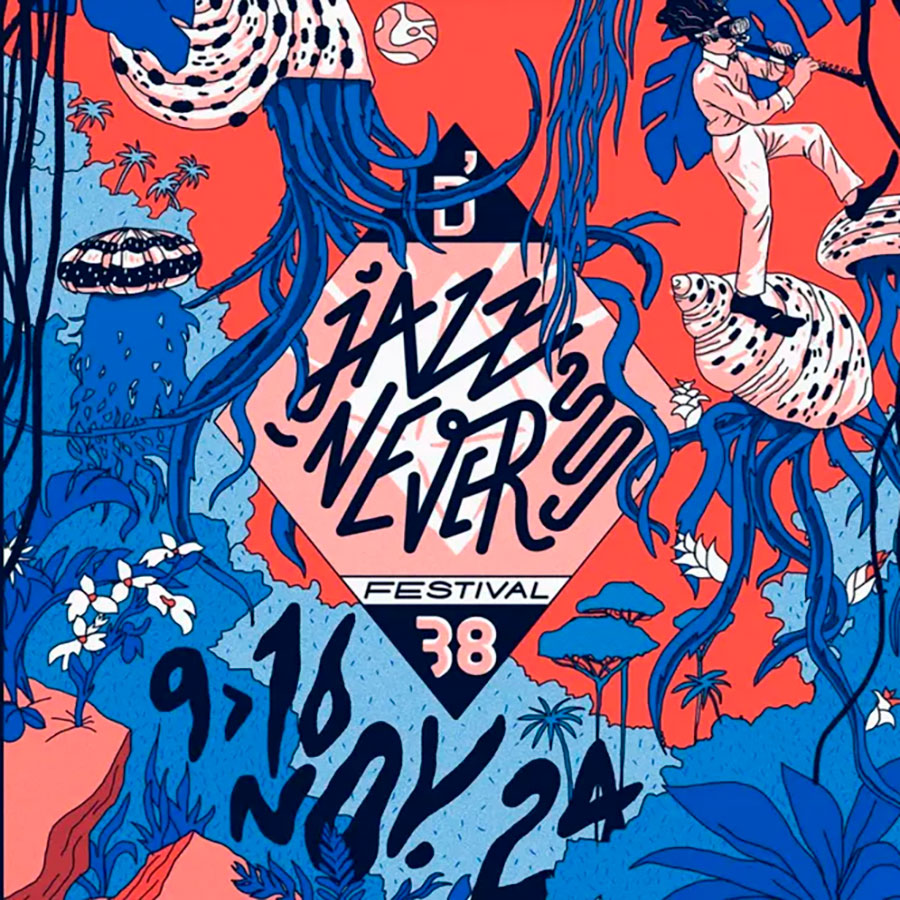
« No never Nevers » say those who have never been to the autumn festival in this medium-sized Burgundy town on the banks of the river Loire.
Those who have attended – even once – a D’jazz Nevers Festival concert all say, either like Schwarzy in “Terminator 1”: “I’ll be back!“, or like McArthur in the Pacific: “I shall return!“. That’s how rich and interesting this jazz festival is.
The first group on Tuesday November 12, around midday, “Not only a trio”, plays a gentle, arch-melodic repetitive tune: alto (Guillaume Orti) and tenor (Olivier Py) in a kind of pretty counterpoint, while drummer-leader-composer Adrien Desse works the mallets and/or bow on the edge of the cymbals. Then the alto switches to baritone, and things start to pulse along in a rather highbrow free style, all the more so as the tenor switches to soprano. The titles of the tracks – like that of the “project” (because it’s a “creation”) – are pretty bobo: “sur le fil”, “à l’envers de l’endroit” … and since bobos don’t appeal to me and I’m hungry, I listen to two tracks then head for the catering.
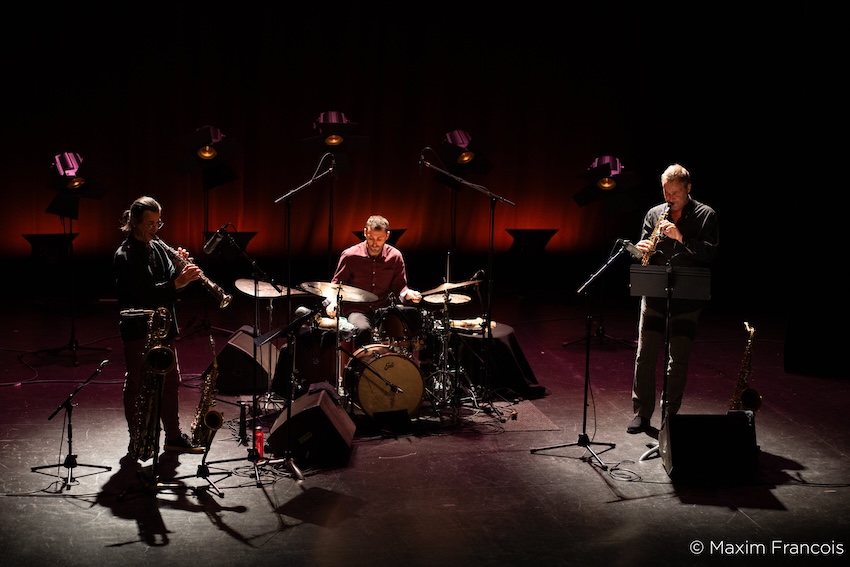
Et j’en profite pour (ré)exposer mon point de vue sur les « créations » et les « projets » en jazz : ce sont des notions inventées par les institutions bailleuses de fond.
And I take this opportunity to (re)explain my point of view on “creations” and “projects” in jazz: these are notions invented by the institutions that provide the funding.
But in jazz, it seems to me, EVERYTHING is a creation if there’s improvisation involved. As for “projects”, what was Lester Young’s project? Play! Duke’s? Play! Bird’s? Play! Mingus’? Play! And the same goes for Rollins, Trane, Ornette…: to play and delight our ears, even get us to dance.
So when I see the words “project” or “creation”, I usually move to another sidewalk, like when I see “seen on TV” or “3 billion 259 million copies already sold” in some shop.
On Tuesday afternoon, after the much-needed siesta, a couple of regional concerts are held, among other Normans (that’s where I belong: it’s mine and the first one who touches it…).
The first group is a piano/bass/drums trio (Antoine Bouchaud/Clémence Gaudin/Martin Mabire) called Black Pantone (apparently it’s all the rage for US/UK titles).
The bassist gets things off to a gentle start, then the pianist spins out a lovely little arpeggio which, boosted by the rhythmic pair, becomes a magnificent melody with a medieval touch.
The next track is equally beautiful and melodic, with great nuances in the piano and drums, and a deep, pulpy double bass that unrolls the walking bass with a deep serenity that is quite confounding-convincing.
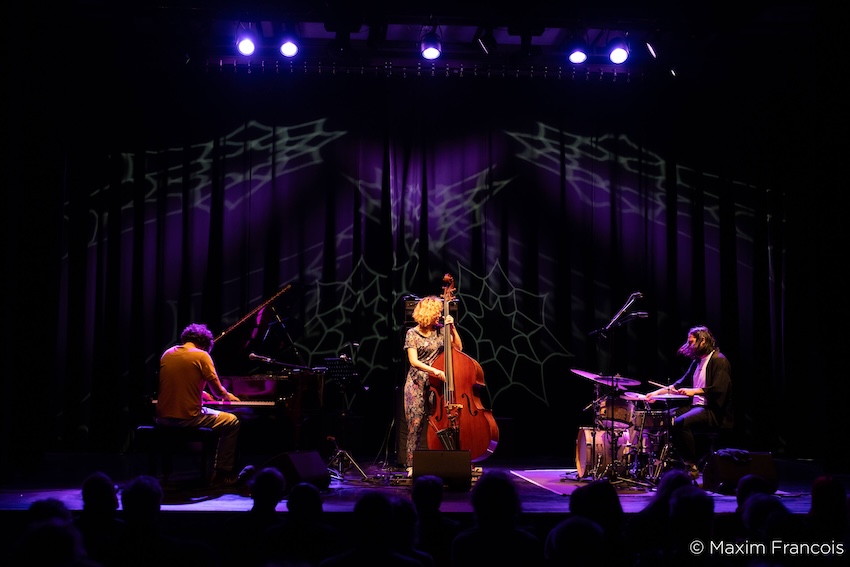
Some will say that this is all about prettiness. They’re wrong: it’s not pretty, it’s just VERY BEAUTIFUL, godda…(s’cuse my vulgarity).
No scores whatsoever! And they’re from Normandy, so playing in Nevers suits them just fine…
After two of the pianist’s own compositions, it’s the drummer’s turn to dip his pen in a tasty honey that’s long on the tongue (that’s what we call in Normandy, eul bon cid’ ‘cré vingt diouss! — good cider, by Jove in US/UK).
The bassist plays a beautiful solo in the low register of her “grandmother”, while the drummer blasts out a crackling polyrhythm.
The next track (by Clémence) is so upbeat that it’s hard to understand why the large audience remains seated.
It sounds like a 50’s standard, all perky from the brain and heart of a cool hardbopper.
And Antoine Bouchaud, the pianist, is clearly the natural son of the Wynton Kelly/Eddie Costa couple (see his left hand in the low register of the keyboard).
But, really, what little genius came up with the idea of bringing these fa-bu-lous young descendants of William ze Conqueror to the banks of the Loire, the only wild river left in France?
This “little genius” is, of course, Denis Le Bas, the boss of Jazz sous les pommiers (JSLP to his friends), who is present and proud in Nevers.
William I, let me remind those of you who don’t know much about history-geography, crossed the English Channel to beat the shit out of the Rosbifs and teach them good manners.
In his typically Norman generosity, he gave them “conter fleurette”, which became “flirt” in English, and the two mottos of the United Kingdom written in French (yessir!): “Dieu Est mon droit” and “Aux Niçois qui mal y pansent”. Just kidding: of course, it’s “Honni soit qui mal y pense”.
Close the bank… of sardines plying the cold waters of the English Channel (and it would be nice if they were lukewarm or, worse, warm).
The pianist begins the following piece alone in the piano soundboard, soon followed by the rhythmic pair when he returns to the keys.
It’s a slow, gentle piece where nuances of dynamics and speed are incredibly dominant, making it a little masterpiece.
And the next track is the opposite (stylistically speaking): a full-throttle run on a bloody black runway where it slaloms gravely and syncopates: Hey, go for it, fatties, girl, we’ll follow you by the trail you leave in the harmonic-melodic-rhythmic snow powder.
And when things calm down with Clémence on the bow, like a good Zen Amazon who never misses her target, the drummer switches to the broomsticks while the piano does a little repetitive chordal thing in the mid-range of its keyboard. Then it’s all over again, and it’s all over for everyone, including poor me.
Going to hear the 2nd band of the afternoon (from Burgundy, called SuperChevReuil), after that, it’s really hard! I go on for 10 minutes, partly because the guitarist is left-handed (like me, on guitar, electric bass and archery only). But it plays too hard, too binary and with too few nuances for my taste. What’s more, there are no seats in the Café Charbon’s second room, and I’m not going to be playing the piano (or laptop, rather) standing up at my age!
Well, I totally skipped the third band because I was smoking and chatting with Brice, one of the two bartenders (with César) at the Café Charbon.Too bad (for me or for them?). After that, I went for a bite to eat with Vincent Mahey (the sound engineer, who does the sound for Sophia Domancich‘s trio, playing on the evening of Tuesday 12/11 at the Théâtre Municipal), then met up again with Mark Helias and Eric McPherson, the bassist and drummer of the same trio, whom I hadn’t seen for years. Lots of hugs ‘n’ kisses, slaps on the back, exchange of jokes and “So nice to see U again”…
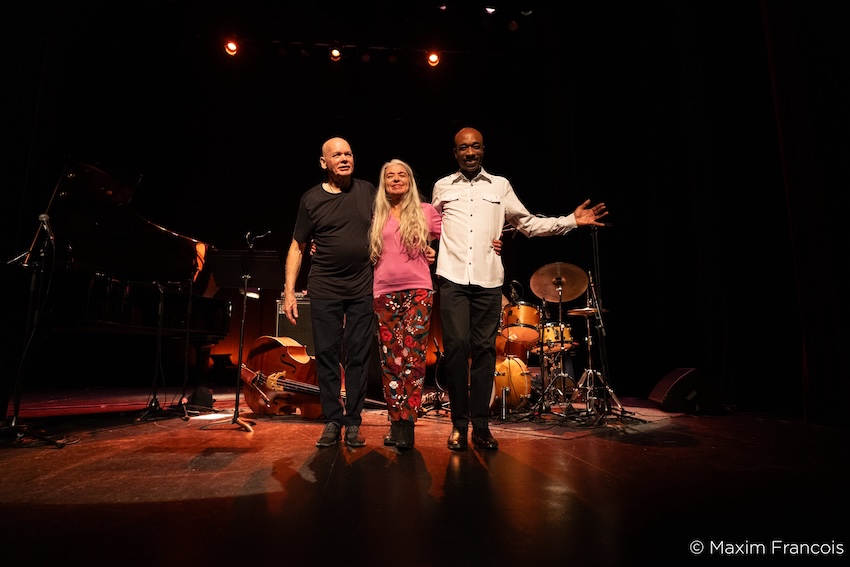
This major trio opens with a joyous little number in which the piano and double bass play the same little motif in unison, soon joined by Eric, who is one of the most terrifying rhythmic-melodists on the whole damned planet Earth (I don’t know about Mars: I’ve never been there). Eric‘s polyrhythmic-melodic invention behind (or rather alongside) his two acolytes is truly mind-blowing. And when Mark switches to the bow on the second track, Eric continues to deliver the sweet mashed potato on the mallets.
Then comes, in piano + pizzicato bass, a gently repetitive little theme supported by drumming of such finesse that I can’t even talk about it.
Most of the compositions are by Sylvia, and you can hear it. But the other two guys are on tour with her, so they’ve had plenty of time to fine-tune this repertoire, whose project is called “Wish”, and it’s not wishful thinking.
Sophia is not a virtuoso who likes to impress. She’s a great pianist-melodist with a sharp harmonic science, but never a demonstrative one, unlike some… follow my lead.
She’s a woman, but we don’t care, because she doesn’t claim the femininity that wokes and other followers of American gender studies gargle with. She also knows how to choose her partners, often men who are not at all domineering.
In fact, she lives with one of the world’s greatest drummers of his generation: Simon Goubert, who is also a pianist-keyboardist and scuba diver, which says it all.
Here, she launches the trio into a melodic free drift, which she follows up with a beautiful sequence of playful, syncopated chords.
Because – I forgot to mention – she also has a sense of humor. This trio is one of the most interesting I’ve heard in recent years.
I know they’ll be recording soon, spreading the word of great good jazz all over the damn Planet.
The next track begins with an absolute solo from Mark, joined by a few rare piano chords. A solo of absolute, masterly serenity. Eric has momentarily left the stage, then returns to listen to his partner as she solos alone for a while before the other two join in.
The rest of the piece has an intoxicating hardbop-cool feel to it, and for a moment you think this trio is the most beautiful in the World (Western, at least – it’s been a long time since I set foot in Asia, Africa or Oceania).
What follows, with enchanting harmonies, is a beautiful melody of such lyricism that Eric takes to the brushes, on which he puts on the slippers of the late great Ed Thigpen, his adoptive father.
Mark‘s solo, which follows, is so tender that we melt with pleasure, and when he accelerates with a supple leap, we leap with him and fall out of our seats.
Sophia builds suspense with a short phrase of harmonic tension that resolves into a spray of magnificent chords and arpeggios in an absolute solo. It’s a kind of quiet religious-pagan hymn, and the pearlescent notes that prolong it are staggeringly limpid.
Oh, lordy lord, have mercy on poor me and the other numerous spectators too, the poor, bound hand and foot that we are, warm at the foot of the stage or in the ringside seats of the Théâtre de Nevers on this barely chilly November night!
Then come dark, repetitive chords in the mid-bass of the keyboard, while the double bass chortles and the drums crackle softly. Then Eric takes the first short drum solo of this demonically angelic concert, leading us into the musical stratosphere where these winged creatures – supposedly – have no sex. But everyone knows that they (platonically?) mingle with the nine muses of the ancient Greek pantheon.
And when Mark takes up the bow again, followed by a harmonically tender Sophia, the gates to jazzfans’ paradise open, and quite simply to lovers of beautiful music, a sizeable portion of whom (no coincidence!) happen to be in Nevers that evening.
The rest can do as they please. This is democracy (even under Micron ze 1st)! This track – perhaps the last, since they’ve been playing for an hour and ½ – is also very beautiful and danceable (as usual, one might add, since these three have so accustomed us to top-quality acoustics).
As an encore, a Sophia theme I know well but whose name I’ve forgotten, and which I’ve obviously never heard played by this trio. It’s full of ardor, joy and sap, and it sweeps everything – including us – along in its wake, without any precipitation in its supple velocity.
And, well, let me cut to the chase: this trio is clearly the best on both sides of the Atlantic and in the middle of the Ocean. And the whales and other cetaceans – not to mention the Vendée Globe skippers – who can’t listen to them in Nevers are suffering horribly and will be for a long time to come, until they can break open their piggy banks and buy the CD this trio is going to record asap with Vincent Mahey at Studio Sextan in Malakoff. Subsidiary question: what are cetacean piggy banks made of? Ambergris? Baleen? Of what, eh? Do you know? Well, I don’t!
Paul Jarret‘s A.L.E (Acoustic Large Ensemble), performing late afternoon the following day, November 13, I saw it a ½ month ago as part of Jazz à la Villette, (see article right here on couleursjazz) but it’s no chore to listen to it again before the miniature pastries and champ’ from SPEDIDAM, who invite us for an aperitif at 7.30pm.
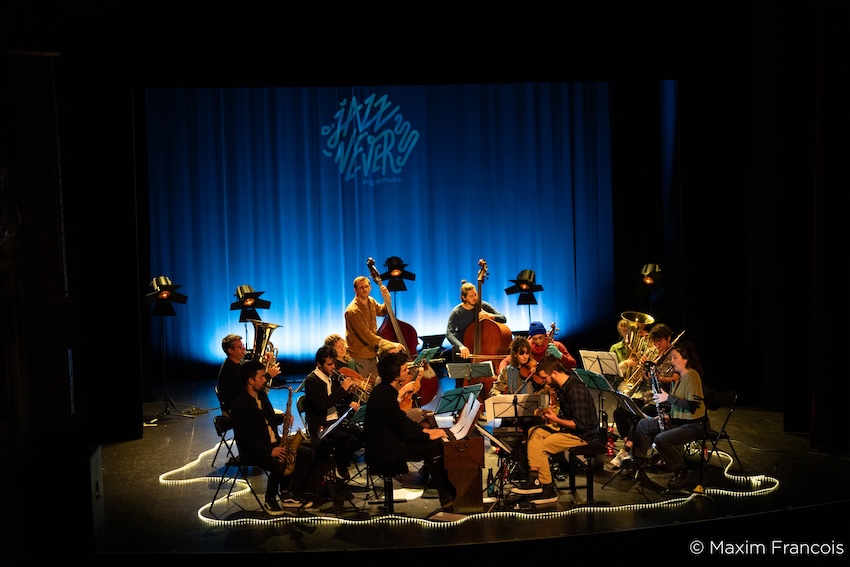
So far (the beginning), it’s not as good as in Paris, where the proximity of the audience around the band — itself grouped in a circle, and not facing it, as is the case at the Théâtre de Nevers -— created an incomparable conviviality. But we’ll just have to see… And if doesn’t all go well, I’m off to the catering area where Sonia and Doum Doum will let me help myself to a tiny wee coffee.
When the sound gets louder, it gets better and, in fact, I’ll just rewrite part of my article from early September, correcting here and there if it’s very different.
From the Celtic-scented introductory violin solo to the ensemble of strings, reeds and mouthpieces, this is top-notch European jazz, with a sound and flow that can only be found on the Old Continent.
In fact, “Old” is a misnomer, given the innovative nature of the dense writing, not to mention the unique instrumentarium.The dense, bushy sound swells and diminishes majestically, revealing the subtleties of the timbres of each instrument, which interweave or individualize in a way that is anything but random.
For to conduct such a phalanx requires a sharp pen and a great science of sound combinations and dynamics. Sometimes fluid, sometimes thick, the overall sound is magnificent and innovative, drawing cheerfully on minimalist music and the bangs of contemporary repetitive music, even folk and baroque music.
No drums here, and no long solos. Some may ask: “Is this still jazz?” In fact, we couldn’t care less, entranced as we are by this quiet or tempestuous flow and this imposing, ductile mass of sound within which two double basses can converse on a repetitive motif reiterated in the highs and mids.
The guitar (held by leader Paul Jarret) can be played with a bow or intone a delicate popish melody, while the Ensemble, arranged in a circle, provides a beautiful harmonic and melodic counterpoint.
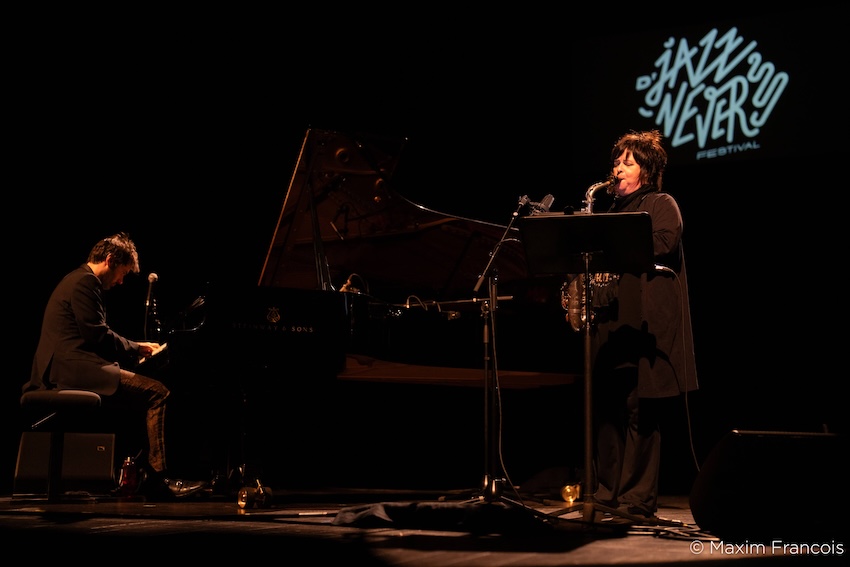
These two have so much musicality and lyricism in them that the music flows or springs from their fingers, limpid and invigorating.
For Lay, it’s an alternation or concomitance of telluric basses in the left hand and pearled, piquant notes in the right.
As for the saxophonist, she blows an incandescent musical jet and sprays of unheard-of notes.
Both are still young, but they’ve long since assimilated the tradition, and their playing has a side that makes you think you’re listening to a sucker for the Hank Jones/Cannonball Adderley duo, which never existed (and for which they’re blamed, by the way).
Géraldine and Paul are alive and well, and here they pay tribute to the late Tom Jobim by reviving some of his songs, not the most famous, but not the least. Bravo!
What follows (Raphaël Imbert‘s “Poetic Ways” project) is somewhat the opposite of what came before. What’s more, I saw it last year at the EJN (Europe Jazz Network) conference in Marseille (see article here). It starts well enough with a spiritual dominated by the beautiful voice of Célia Kameni – clearly the most interesting and moving of the lot – then drifts off into a post-free sax/drums duet by Raphaël Imbert/Anne Pacéo.Then the sweetness returns, tenderly, when Célia starts singing again, this time in French.
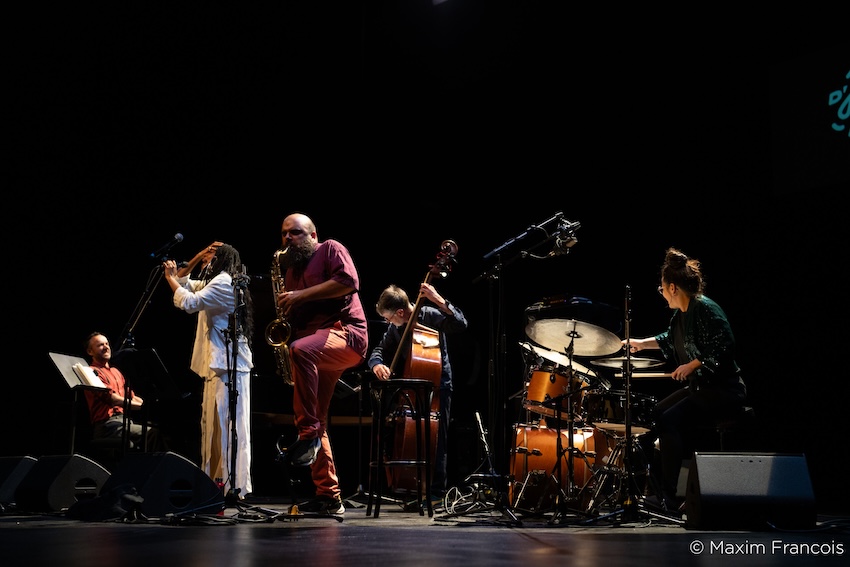
Imbert soloes in pseudo-free style while, just before, he weaved the ballad behind the voice, which picks up again after the sax solo, accompanied by a sparing, unobtrusive piano that becomes powerful when the voice swells.
Frankly, I don’t understand Imbert‘s stylistic choices: to call this project “Poetic ways” and, by playing free, break the poetry, which is very real in Célia, the pianist and the bassist – who introduces the next piece with an absolute solo in the bass just before Célia launches into the melody of “Dark is the Color of my True Love’s Hair”, which they play as a quasi-duet, joined by the pianist alone, then Imbert and Pacéo.
The following evening, Thursday November 14, is my last day in Nevers, where the festival welcomes all journalists over a three-day period. And I’m going to listen to/see Daniel Earth Man’s (Erdmann in German) “Thérapie de couple”, which is a gentle-violent medicine that’s hard to do without, whether you’re in a couple or single, straight or LGBT.
Humor plays an important role, with Louis de Funès among others, and one of the tracks is called “I wanna hold your hand, François”, a hilarious allusion to the Kohl/Mitterrand meeting where the Teutonic chancellor grabbed the French president’s hand in a friendly yet firm grip.
The couple in question is, of course, the Franco-German couple.
The opening track is a double bass solo, soon joined by drums on broomsticks.The two are archly tonic-melodic, and it’s simply magnificent, like the rest of the sextet.
The violin has a rare tenderness. The clarinet is fluid and archly melodic? The cello (fresh?) loved by cello-fans is fresh or hot, depending on the mood.
As for Daniel Ze Boss, el Lider Maximo (but not the Führer), his writing is resplendent, rich, irresistibly appealing and attractive, and when he’s not blowing his cornucopia, which some call tenor sax, his compositions are a delight to savor.

In fact, I already listened to 15 minutes of this program at Gaume Jazz this summer (see article here) because my driver was nagging me to get back to the hotel, and I was racked with frustration. But now, Gott seid dank, I’m treated to a new layer of this music and I thank the occult powers for their benevolence in allowing me to hear in extenso the “Couple Therapy” by my main man, Daniel Erdmann.
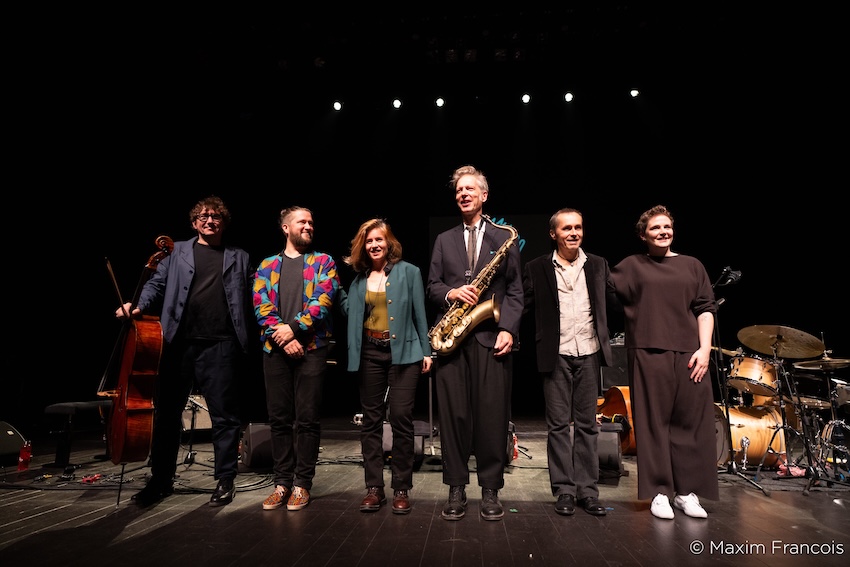
©Photos officielles du Festival D’jazz Nevers, Maxim François.
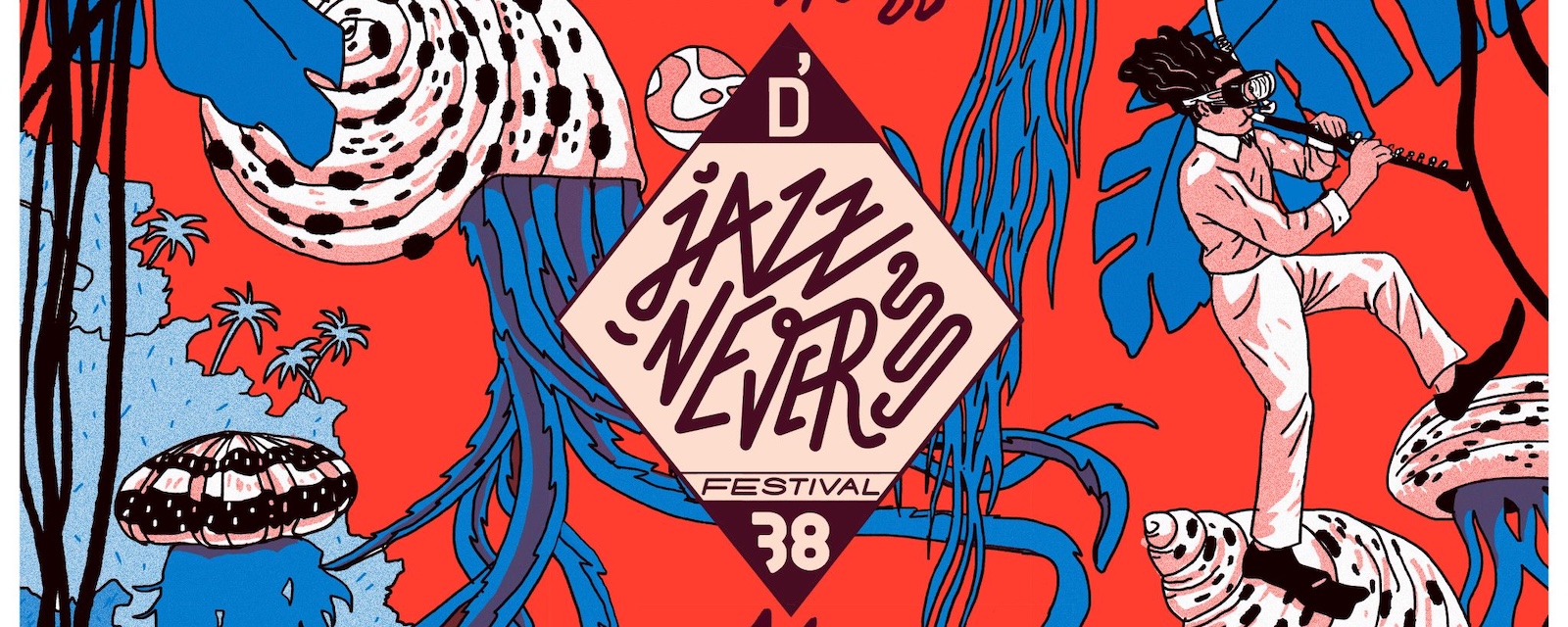

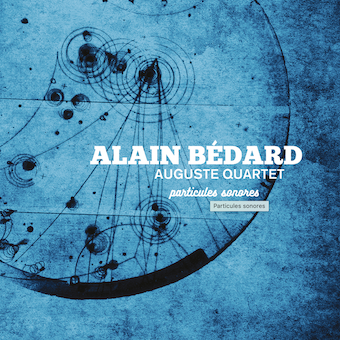
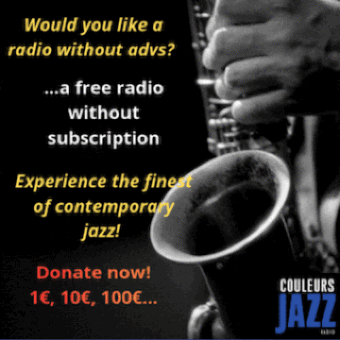
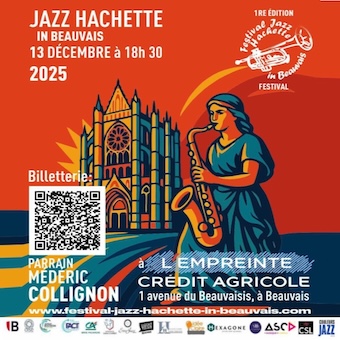
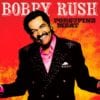
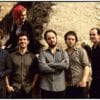
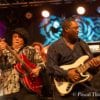
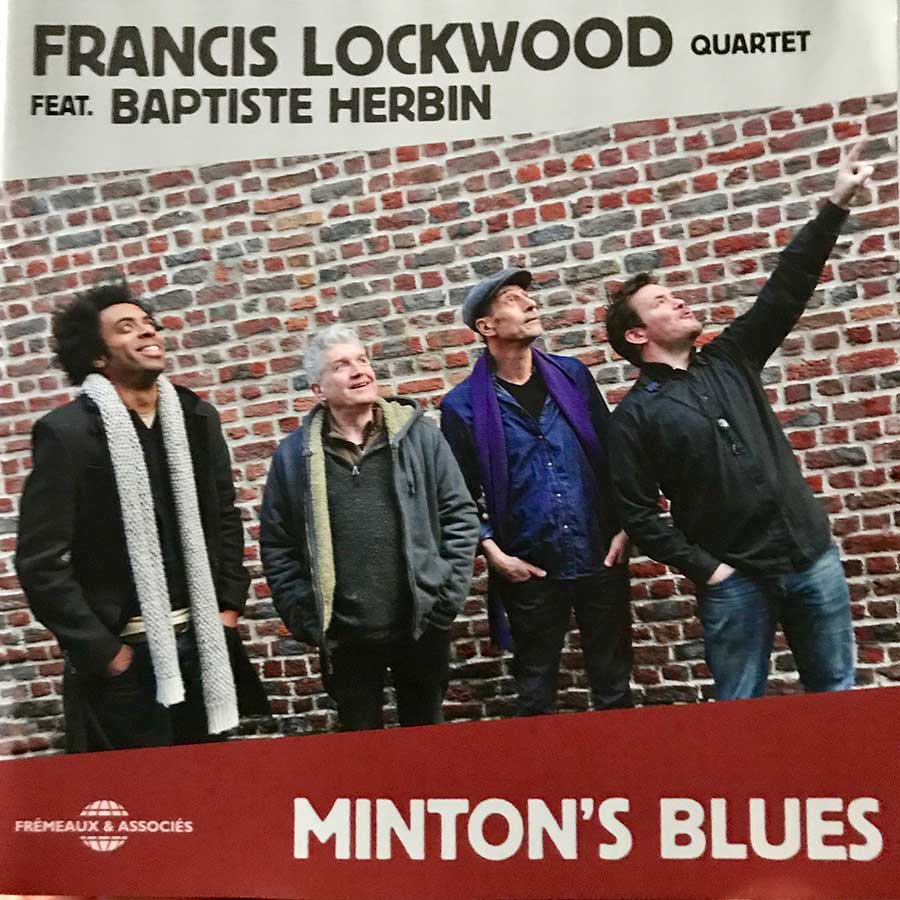


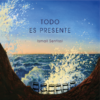

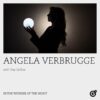
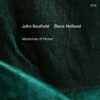
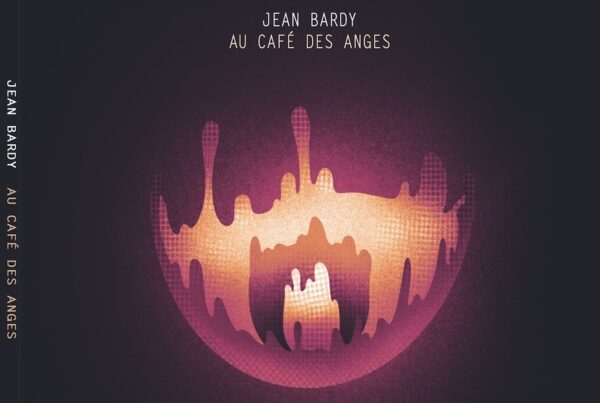
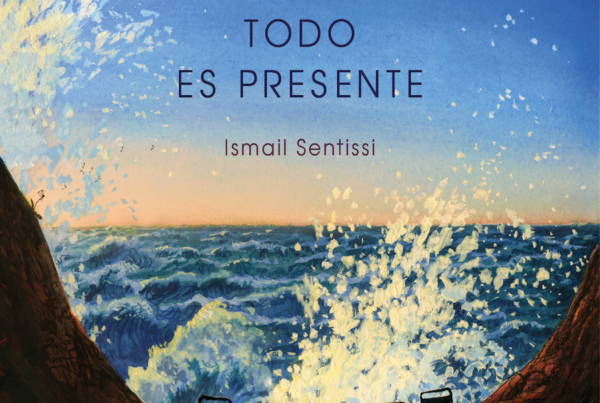
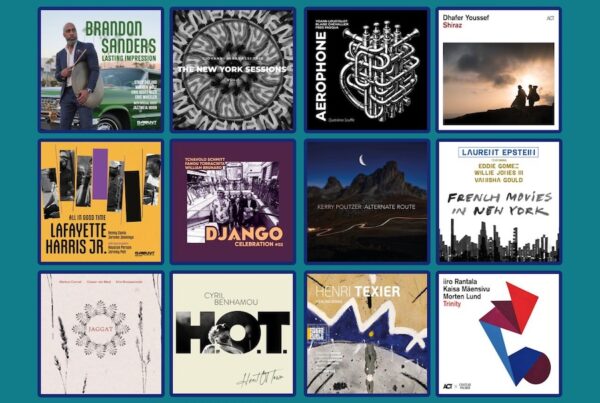


RECENT COMMENTS